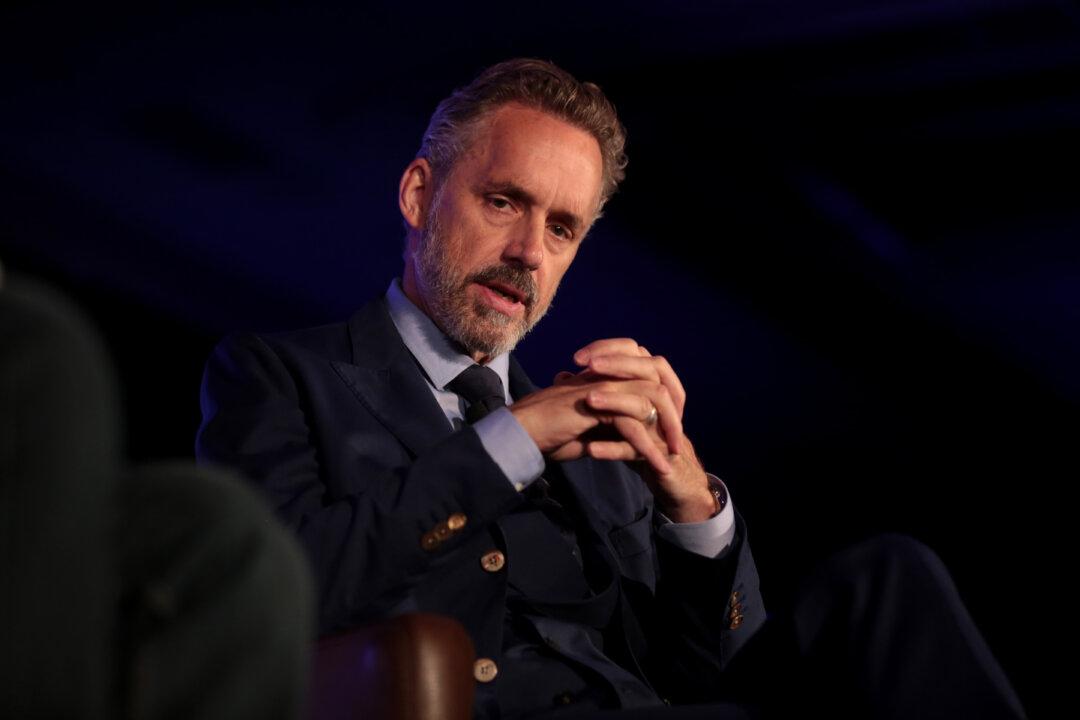The Apple Book Store has a lot of classical eBooks that can be downloaded for free with choices that range from all six volumes of Edward Gibbon’s The Decline and Fall of the Roman Empire through The Federalist Papers. One title that I recently discovered in their free library is “The Communist Manifesto.” Described as a pamphlet and not a book, at 67 pages it’s a quick read that’s very much lacking in substance.
Some historians like to play the devil’s advocate when it comes to Karl Marx—the author of the work—and how communism was executed during the 20th century. Their argument is that if Marx was still alive when the Soviet Union was formed, he would have disavowed it and claimed this was not what he envisioned. I’ve heard plenty of arguments and facts that denounce communism and prove that it’s a failed ideology with disastrous consequences when put in practice, but I’d never read the original source of this ideology so maybe the apologist historians were onto something?





